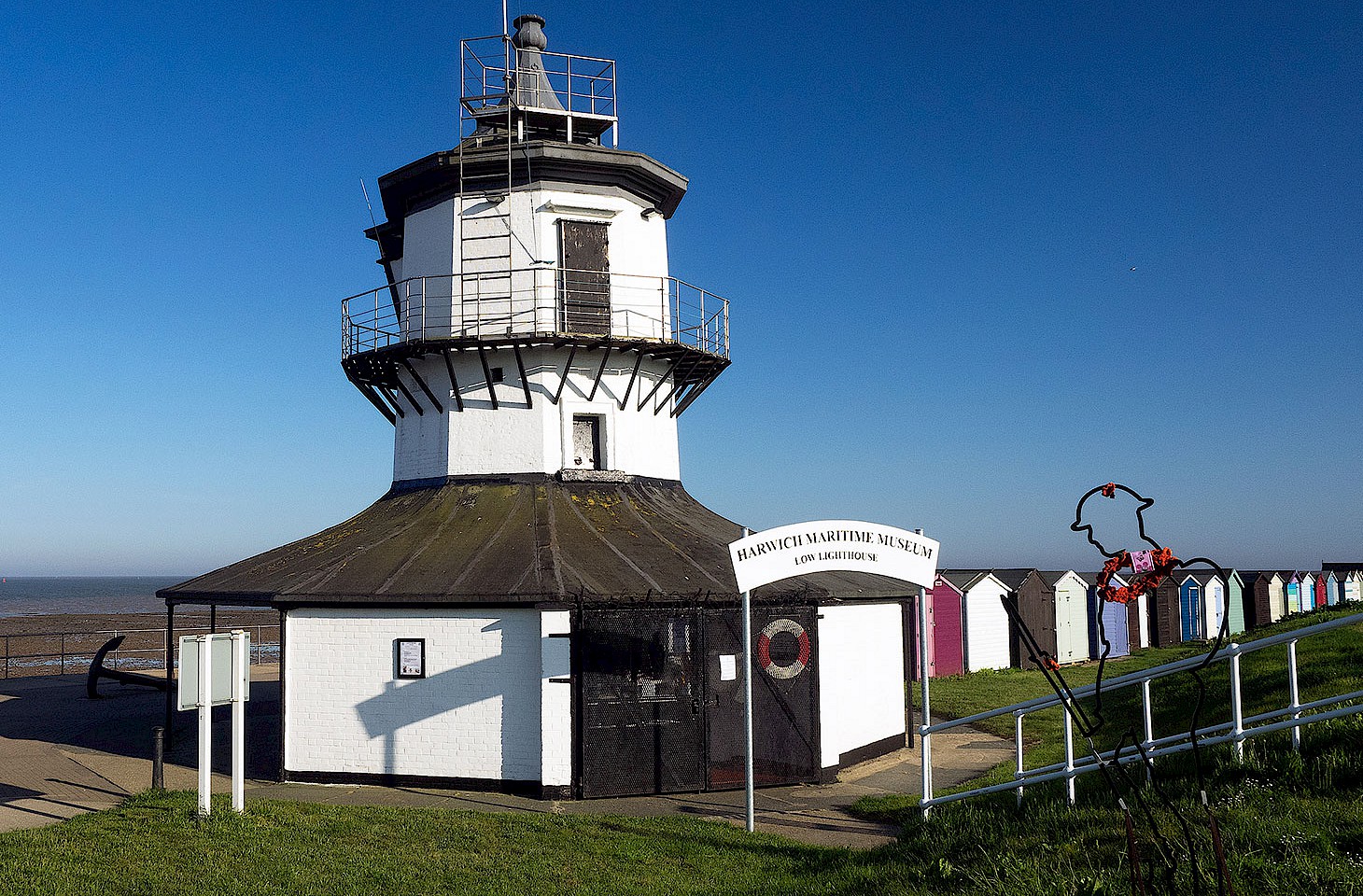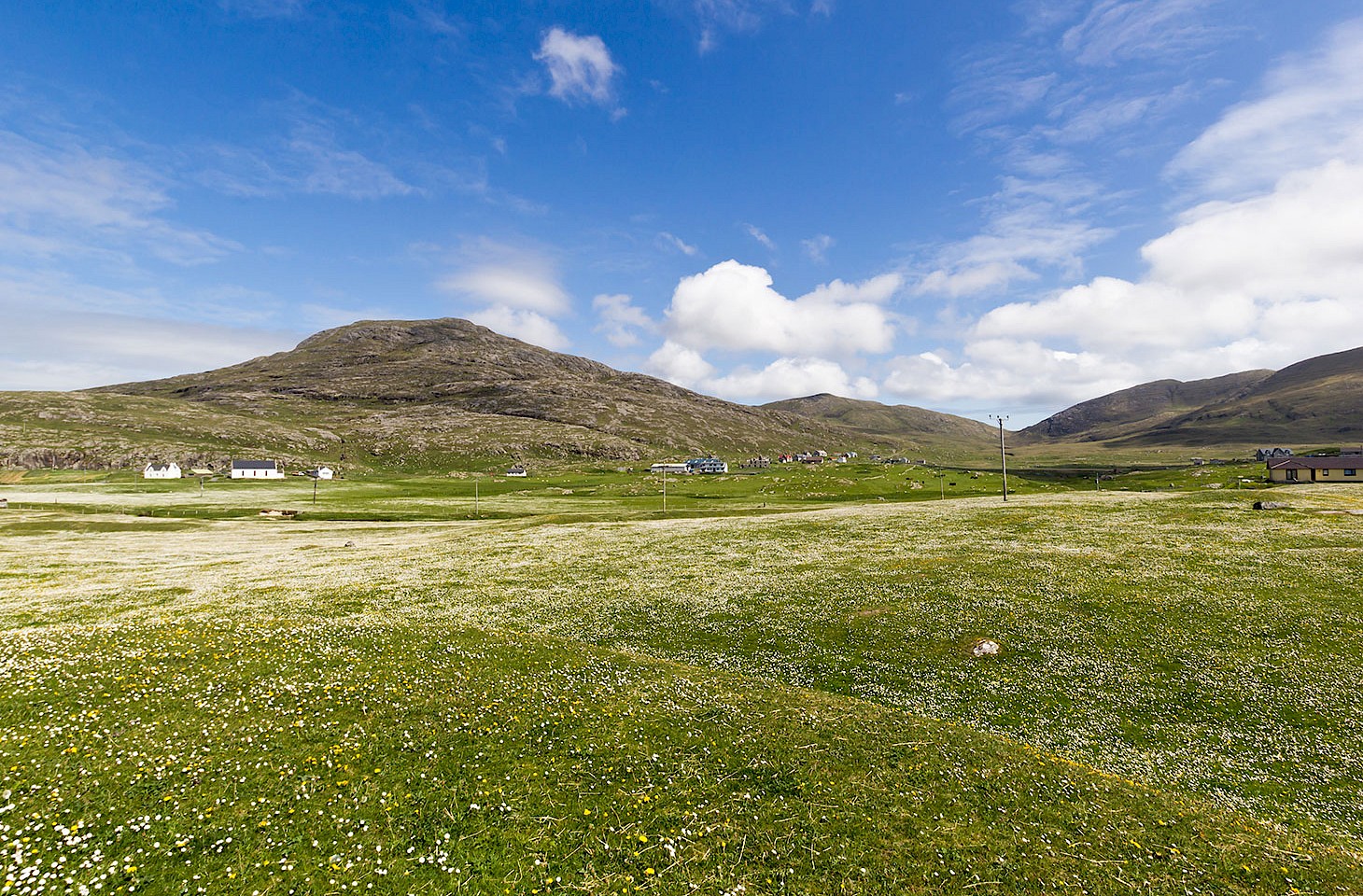The phrase “Passing Brompton Road” was as familiar to users of the Piccadilly Line tube trains in London a hundred years ago as is the announcement “Mind the Gap” today. Brompton Road was a little used Piccadilly Line station just a short hop from Knightsbridge. Because so few passengers used the station, from 1909 alternate trains ran through Brompton Road without stopping. And hence the cry “Passing Brompton Road” at nearby stations to alert boarding passengers that this particular train would not call at Brompton Road.
“Passing Brompton Road” became part of the London lexicon, so much so that a play about London life appropriated the catchphrase for its title. The play, Passing Brompton Road, had a successful run at the Criterion Theatre in 1928, no doubt helped along by Marie Tempest appearing in one of the lead roles.
Today the trains still rumble through the bricked-off platforms of Brompton Road station. Just as trains on the Piccadilly Line run past two other abandoned stations on the route through central London. They are Down Street and York Road. They both closed in 1932. Brompton Road hung on for a little longer - but the last train stopped here in 1934.
All three stations were designed by the same architect, Leslie Green. Devotees of Green’s distinctive style (very Arts and Crafts with rich red glazed terracotta station facades) will still find the former station buildings at street level, although in the case of the station at Brompton Road only one elevation remains.
Nicky Gardner and Susanne Kries
(hidden europe)




